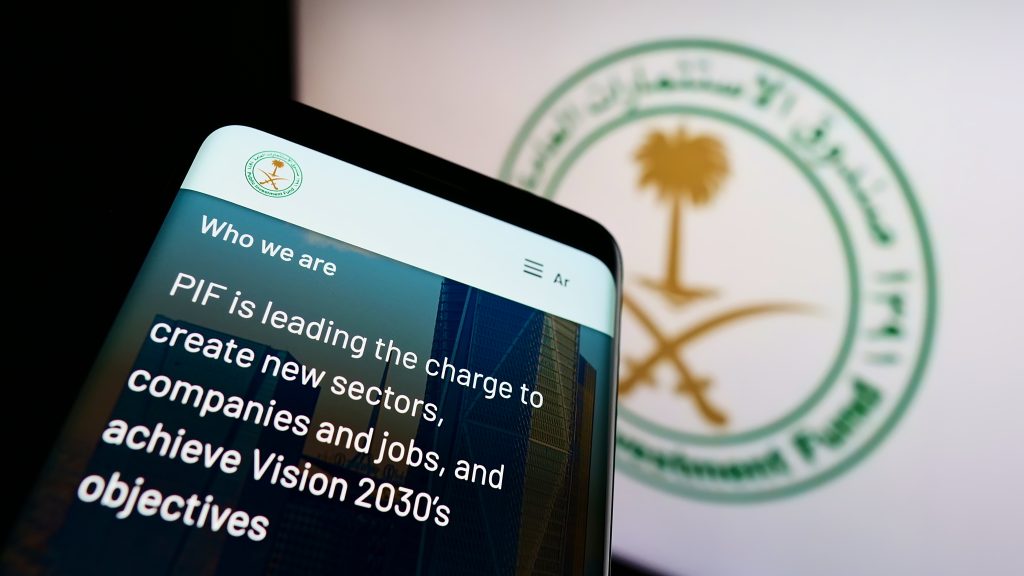Saudi Arabia’s Capital Market Institutions Report 27% Revenue Growth
Saudi Arabia’s capital market institutions experienced a 27% increase in operating income in Q2 2024, reaching $1.1 billion. The Capital Market Authority’s data shows that asset management was the top revenue generator, contributing 31% or $341 million, marking a 22% year-on-year rise.
Investment activities followed, accounting for 30% of income at $322 million, though this was a 15% decline from the previous year. Dealing activities generated $161 million, representing a 15% share and a 22% increase from last year. Investment-banking revenues saw a significant rise of 66%, totaling $108 million and comprising 10% of total income.
Despite the revenue growth, net profit dropped by 3% to $547 million due to increased non-operating expenses. The Saudi market dominated trading, with a traded value of $240 billion, representing 94% of the total by local institutions. US markets accounted for 6.1%, or $15.6 billion, with the rest spread across other regions, including the GCC, Arab world, Asia, and Europe.
Total assets of these institutions rose by 29% to $19.5 billion, while liabilities surged by 69% to $7.4 billion. Shareholders’ equity also grew by 13%, reaching $12.1 billion.
According to KPMG, the Saudi stock exchange has become the world’s 10th-largest by market capitalization, thanks to reforms by Tadawul and the Capital Market Authority, aligned with Vision 2030’s economic diversification goals. Increased foreign investment has significantly supported these reforms.
Despite global economic challenges, Saudi Arabia’s capital markets have shown resilience. In 2022, they attracted $13.5 billion through IPOs and rights issues, driven by improved liquidity, investor confidence, and government initiatives for privatization and economic growth, supported by favorable oil prices.
The CMA’s strategic plan for 2024-2026 aims to enhance the debt market and asset management industry. Unveiled at the September Debt Markets and Derivatives Forum in Riyadh, the plan includes over 40 initiatives to boost market transparency, introduce special-purpose acquisition companies, and facilitate Saudi depositary receipts.
Key objectives include increasing the stock market’s value to 80.8% of GDP by 2025 and expanding the debt market to 24.1% of GDP. The strategy also focuses on regulatory reforms, fintech growth, and enhanced investor protection to establish Saudi Arabia as a leading global financial hub in line with Vision 2030.
